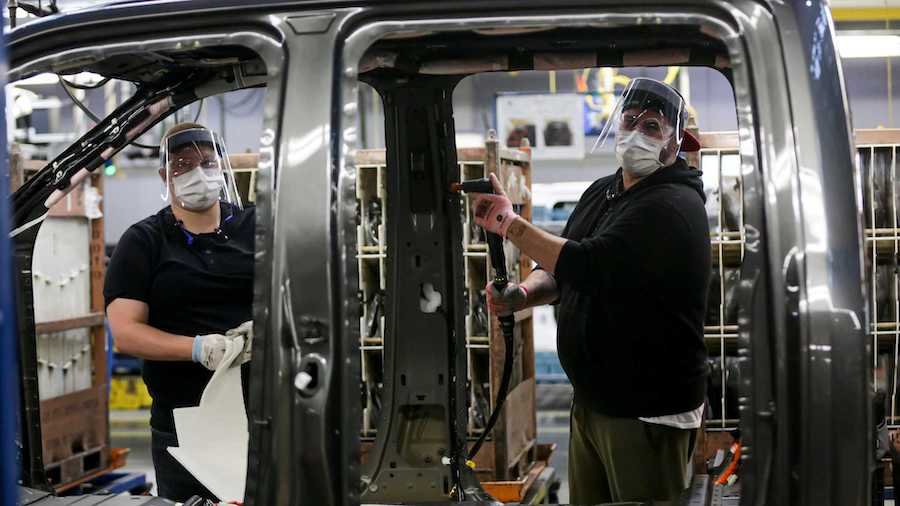Ford Thinks Robots Will Never Fully Replace Humans In Car Production

It was in 1913 when Ford debuted their breakthrough assembly line to help speed up the production process of the Model T. This innovation would change how vehicles would be massed produced, and cut down the assembly time from over 12 hours to just one hour and a half. It also significantly cut down production costs and that helped bring down the price of the Ford Model T, too. In the past few years, robots have been doing most of the heavy lifting and taking on tasks that would be better suited to a machine, especially when safety is concerned. But Ford says that the human element will always be there during most of their processes.
In a recent interview with Ford Authority, Ford's chief of manufacturing and labor affairs office Gary Johnson stated that, while they do want to improve the safety aspects of the assembly process and step-up on quality, Ford will always need people on the floor. “I think we’ll always need the human touch, with humans getting in the vehicle and doing certain things.”
Ford Authority also stated that during the time Ford's assembly line was in full swing in 1914, Ford was handsomely paying their workers a significant $5 a day, which is worth about $130 in today's money. When precision and uniformity are needed, provided the parameters are set and the instructions are perfect, a machine would be the perfect partner for vehicle assembly lines.
Especially in more trying times, factory workers are usually the most affected by budget cuts and restructuring, so it's pretty safe to say that Ford won't be replacing entire processes with machines and significantly cutting jobs anytime soon. The challenge will come in balancing safety, costs, and job opportunities for workers, allowing both robots and humans to still play an integral part in manufacturing Ford vehicles.
Related News
